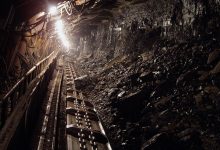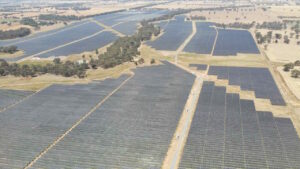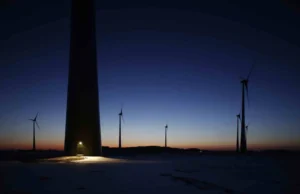The New South Wales Independent Planning Commission (NSW IPC) has rejected the proposed Bylong thermal coal mine on environmental grounds. The project is owned by Korean Electric Power Corp. (KEPCO), the state-owned power utility of South Korea – Bylong coal was intended to fuel its domestic power stations.
KEPCO now has three months to lodge an appeal against the decision but, given that is has invested US$750min the project, serious questions will now surely be asked in South Korea about the wisdom of KEPCO’s overseas coal projects.
Major KEPCO investors, including the Korean Development Bank and the National Pension Service, should have already been concernedabout KEPCO’s controversial overseas coal projects which also include the Nghi Son 2 coal power project in Vietnam and the Thabametsi coal power project in South Africa. The rejection of the Bylong project should now amplify these concerns.
Major bank lenders to the Nghi Son 2 project have made it clear it will be amongst the last coal projects they ever lend to. In South Africa, three of the nation’s major banks have ruled out lending to the Thabametsi project which is yet to reach financial close. In addition, the Thabametsi project is still held up in a legal quagmire that is likely to last years.
Meanwhile, the NSW government, which has backed the IPC decision, should be prepared to block new thermal coal mines on economic and financial grounds going forward or be faced with an oversupplied market and falling royalty income.
Whilst the IPC was clearly concerned about the proposed mines potential impacts on groundwater, greenhouse gas emissions and rehabilitation, IEEFA has long maintained that the project also made no financial sense given South Korea’s clearly signposted energy transition.
In April 2019, IEEFA published a briefing note highlighting the growing momentum away from coal that is apparent in South Korea’s planning for its future power system and the risk that poses to NSW thermal coal exporters.
Driven by air pollution concerns as well as carbon emissions, the South Korean government intends to “drastically” cut power generation from coal by banning new coal-fired power plants and closing old ones.The government also intends to increase the share of power output from renewable energy sources by up to 35% by 2040, up from around 8% currently.
South Korea is now considering retiring 20 coal-fired power plants and placing output caps on a number of others as it prepares to increase its rate of energy transition.
In April 2019, South Korea’s coal tax increased by another 27% to around US$40/t. At the same time, the tax on LNG imports has been cut by 75%. This follows a 20% increase in the coal tax in April 2018. The South Korean government is clearly attempting to drive a shift away from coal use in power generation.
Bloomberg New Energy Finance forecasts that South Korea’s power generation mix will shift from 68% coal and nuclear in 2018 to 71% gas and renewables by 2050.
South Korea’s build-out of renewable energy capacity is under way. The country’s solar power build-out is set for another record year in 2019 after reaching a new record in 2018 with over 2 gigawatts (GW) installed.
For the first seven months of 2019, 1.64GW of solar was installed according to the Ministry of Trade, Industry and Energy, surpassing the government target for the whole year. Cumulative solar installations are approaching 10GW.
With its long coastline, offshore wind will also play an important role in South Korea’s energy future. As offshore wind costs continue to drop, South Korea has inaugurated its first offshore wind farm off the coast of Jeju Island. South Korea reportedly has 16GW of offshore wind in the pipeline.
KEPCO is itself investing in renewable energy, energy storage and additional transmission infrastructure needed to support increased renewables penetration in South Korea.
Thermal coal exports from NSW to South Korea peaked back in 2015 and the approaching long term decline in Korean coal consumption will be matched by declining imports from the state’s other major export destinations – Japan, China and Taiwan.
The four main export markets together accounted for 90% of all NSW thermal coal exports in 2018.
The seaborne thermal coal market is already in a position of over-supply which has led to significant coal price declines in 2019. Coal royalty income for the NSW government will subsequently be hit.
With demand for seaborne thermal coal to decline in the long term, an oversupplied market and depressed prices and royalties will become a permanent fixture if the state continues to approve new mines.
The IPC made its decision on the Bylong proposal on environmental grounds. Going forward, new thermal coal mine proposals should also be declined on economic and financial grounds in order to avoid oversupplying a declining market.
Simon Nicholas is an Energy Finance Analyst with IEEFA.










